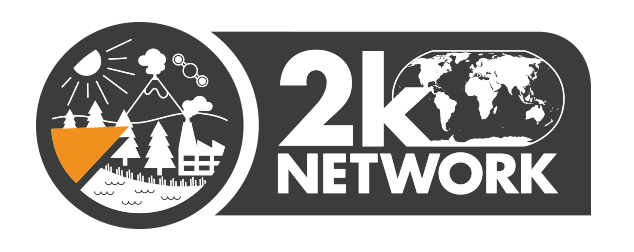- Home
- Publications
- PAGES Magazine
- Overcoming Reductionism When Linking Climate Variability With Human History
Overcoming reductionism when linking climate variability with human history
Büntgen U, Kirdyanov A, Vaganov E & workshop participants
Past Global Changes Magazine
25(2)
113
2017
Ulf Büntgen1,2,3, A. Kirdyanov4,5, E. Vaganov4,5 and workshop participants6
Krasnoyarsk, Russia, 10-14 April 2017
Attended by 45 scholars from seven nations, this first PAGES 2k Network workshop in the world’s largest country took place at the Siberian Federal University in Krasnoyarsk, Russia. Timely aspects of archaeology, biogeochemistry, climatology, ecology, history, and epidemiology were catalyzed in 20 stimulating talks. Focusing on the available paleo-evidence from Inner Eurasia, the authors not only devoted critical discussion to data-inherent and methodological-induced limitations, but also prioritized future research avenues towards a better understanding of environmental and societal changes throughout much of the Holocene.
A cross-disciplinary mapping project was launched as a direct outcome of this meeting, with great enthusiasm from all participants expected to translate into a unique database. Considering the greater Altai region as a nucleus for sociocultural evolution, two geographical domains have been defined: A core region from 60-120°E and 40-60°N, as well as a wider expanse from 30-150°E and 40-60°N. Following on from the LALIA concept (Büntgen et al. 2016, 2017), the database will comprise information from archaeological findings, disease outbreaks, genetic structures, glacier dynamics, ice cores, lake sediments, pollen profiles, trade routes, tree rings, and written sources (Fig. 1). Output from externally forced, coupled climate-model simulations of the last 2000 years is anticipated to provide mechanistic understanding of the underlying processes of past climate dynamics and their potential direct and indirect influences on environmental conditions, as well as trends and extremes in the socio-political and economic behavior of ancient societies (Büntgen and Di Cosmo 2016). Operating across different spatiotemporal scales, our interdisciplinary approach aims to answer the question: “How did climate change affect the rise and demise of Eurasia’s nomadic steppe empires?”.
In addition to its long-term goal, the consortium-driven workshop appeared particularly timely, because the ongoing and predicted rate of environmental and climatic change not only implies urgent research needs, but also offers a wide arena for (re)activating collaborations between Russia and the international scientific community (Büntgen 2014). Despite a variety of economic and logistic challenges, as well as political and administrative caveats, the workshop will hopefully contribute to mitigate deterioration of Russia’s academic landscape, and to facilitate access to, and exploring of, a wealth of unique paleo-archives (Büntgen et al. 2014). Scholars from all disciplines and countries are kindly invited to strengthen the momentum and join any follow-up action.
affiliationS
1Department of Geography, University of Cambridge, UK
2Swiss Federal Research Institute WSL, Birmensdorf, Switzerland
3Global Change Research Centre and Masaryk University, Brno, Czech Republic
4Sukachev Institute of Forest SB RAS, Krasnoyarsk, Russia
5Siberian Federal University, Krasnoyarsk, Russia
6List and picture of all workshop participants under: pastglobalchanges.org/calendar/all-events/127-pages/1622
contact
Ulf Büntgen: ulf.buentgen geog.cam.ac.uk
geog.cam.ac.uk
references
Büntgen U et al. (2014) Holocene 24: 627-630
Büntgen U (2016) Clim Res 70: 95-98
Büntgen U, Di Cosmo N (2016) Sci Rep 6: 25606
Büntgen U et al. (2016) Nature Geosci 9: 231-236
Büntgen U et al. (2017) Nature Geosci 10: 243
Churakova (Sidorova) et al. (2014) Glob Plan Change 122: 140-150


